Wisconsin's diverse forests, prairies, and wetlands create the perfect environment for an incredible variety of edible mushrooms. From the legendary morel mushrooms that emerge each spring to the abundant oyster mushrooms found year-round, the Badger State offers some of the best mushroom foraging opportunities in the Midwest.
Whether you're a beginner curious about your first mushroom hunt or an experienced forager looking to expand your Wisconsin knowledge, this comprehensive guide will help you safely identify, locate, and harvest the most prized edible mushrooms Wisconsin has to offer. Edible fruits, edible nuts, wild mushrooms, wild asparagus and watercress may be removed by hand without a permit for the purpose of personal consumption by the collector, making Wisconsin particularly forager-friendly.
Wisconsin's Premier Edible Mushrooms
Morel Mushrooms: Wisconsin's Crown Jewel
Wisconsin is often called the "Morel Mushroom Capital of America" for good reason. The peak season is right around May 15th, depending on the weather. But they can be found as early as April and as late as June. These prized fungi emerge when soil temperatures reach 60-65°F and after a week of 50-degree nights with adequate rainfall.
Types of Morels in Wisconsin:
-
Yellow Morels (Morchella esculentoides) - Most common variety
-
Black Morels (Morchella angusticeps) - Emerge earlier in season
-
Half-Free Morels (Morchella punctipes) - Found in similar habitats
Filming in the state's Driftless Region, our guide took us to a mild slope where we just couldn't stop seeing morels. Moreover, the enormity of the mushrooms was beyond the best I'd seen — a full hand size or better. The Driftless Region, covering southwestern Wisconsin, is particularly renowned for producing exceptional morel harvests.
Chanterelle Mushrooms: Summer's Golden Treasure
Chanterelles grow in Wisconsin in hardwood forests, in summer and early fall. They grow from the ground, not from dead wood. These bright orange-yellow mushrooms are among the safest for beginners because they have no truly dangerous look-alikes.
Where to Find Chanterelles:
-
Oak and maple forests
-
Mixed hardwood areas
-
Well-drained hillsides
-
Areas with moss and leaf litter

Oyster Mushrooms: Year-Round Availability
For new mushroom foragers, Ross suggests beginning with easy-to-identify mushrooms, like morels or oysters, as they don't have poisonous look-alikes. Oyster mushrooms are excellent for beginners and can be found throughout the year in Wisconsin.
Oyster Mushroom Varieties:
-
Pearl Oysters (Pleurotus ostreatus) - Most common, fall through spring
-
Elm Oysters (Hypsizygus ulmarius) - Late fall specialty
-
Phoenix Oysters (Pleurotus pulmonarius) - Summer variety
Chicken of the Woods: The Vegetarian's Chicken
This bright orange and yellow shelf fungus grows on oak trees and provides a meaty texture that's perfect for vegetarian dishes. There are some top edible mushrooms out there, including morels, chicken of the woods, oysters, and dryad's saddle commonly found during spring foraging in the Midwest.
Honey Mushrooms: Fall's Abundant Harvest
One of the favored mushrooms that Roy and his father would pick is called the honey cap, Armillaria mellea, a somewhat difficult species to identify at first. These mushrooms grow in large clusters at the base of hardwood trees and are abundant in Wisconsin's fall forests.
Seasonal Foraging Calendar for Wisconsin
Spring (April-June)
-
Morels - Peak season in May
-
Oyster mushrooms - Continue from winter
-
Dryad's saddle - Early spring emergence
-
Chicken of the woods - Late spring appearance
Summer (July-September)
-
Chanterelles - Peak season
-
Chicken of the woods - Continue from spring
-
Bolete mushrooms - Various species
-
Puffballs - Giant and smaller varieties
Fall (October-November)
-
Honey mushrooms - Peak season
-
Oyster mushrooms - Resume heavy production
-
Hen of the woods - It reaches a diameter of one or two feet across and often you find more than one! You find it in the fall growing at the base of oak trees
-
Late-season chanterelles
Winter (December-March)
-
Oyster mushrooms - Primary winter species
-
Chaga - Harvested from birch trees
-
Tree ear mushrooms - On dead hardwood
Best Foraging Locations in Wisconsin
Public Lands for Mushroom Hunting
In Wisconsin, we have a great deal of freedom in terms of harvesting fruit and fruit bodies from our woods, especially when it comes to state-owned land. Wisconsin offers excellent access to public foraging areas.
Top Public Foraging Areas:
-
State Parks - All Wisconsin state parks allow mushroom foraging
-
National Forests - Chequamegon-Nicolet National Forest
-
State Forests - Kettle Moraine, Northern Highland-American Legion
-
Wildlife Management Areas - Numerous locations statewide
Regional Hotspots:
Southwest Wisconsin (Driftless Region)
-
Exceptional morel hunting territory
-
Rich hardwood forests with limestone soils
-
Governor Dodge State Park
-
Wyalusing State Park
Northern Wisconsin
-
Excellent for fall mushrooms
-
Mixed hardwood and coniferous forests
-
Abundant oyster and honey mushroom populations
-
Chequamegon National Forest
Central Wisconsin
-
Balanced mix of all seasonal varieties
-
Kettle Moraine State Forest
-
Devils Lake State Park
-
Sandhill Wildlife Area
Safety and Identification Guidelines
Critical Safety Rules
Don't eat something unless you're 100% certain of what it is and that it's safe to eat, as emphasized by Wisconsin foraging experts. Only eat something you have 100% positively identified. Don't forage on private property without permission, or on public lands that don't allow it.
Beginner-Friendly Mushrooms
For new mushroom foragers, Ross suggests beginning with easy-to-identify mushrooms, like morels or oysters, as they don't have poisonous look-alikes. Start with these safer options:
-
Oyster mushrooms - No dangerous look-alikes
-
Morels - Distinctive honeycomb appearance
-
Chicken of the woods - Bright colors, grows on trees
-
Giant puffballs - White interior when fresh
Common Dangerous Look-Alikes to Avoid
-
False morels - Brain-like appearance, can be toxic
-
Jack-o'-lantern mushrooms - Resemble chanterelles but are toxic
-
Destroying angel - White mushrooms that are deadly
-
Death cap - Extremely dangerous, though rare in Wisconsin
Wisconsin Mushroom Foraging Regulations
Legal Considerations
Wisconsin maintains forager-friendly regulations for personal consumption. Key rules include:
-
Personal consumption only - No commercial harvesting without permits
-
Hand collection only - No tools that damage habitat
-
Reasonable quantities - Take only what you'll use
-
Respect private property - Always obtain permission
Commercial Foraging Requirements
The "certified identifiers" take a six-hour mushroom course through the Wisconsin Mycological Society and other groups. Passing a test nets a three-year certification for those wanting to sell mushrooms to restaurants.
Processing and Preserving Wisconsin Mushrooms
Fresh Usage
Most Wisconsin edible mushrooms are best used fresh within a few days of harvest. Clean gently with a brush or damp cloth, avoiding water soaking which can make mushrooms soggy.
Preservation Methods
-
Drying - Excellent for morels and porcini
-
Freezing - Works well for most species after cooking
-
Pickling - Traditional method for honey mushrooms
-
Tincture making - For medicinal varieties like reishi
For detailed preservation techniques, including making potent mushroom extracts, check our comprehensive guide on how to make mushroom tinctures.
Cultivating vs. Foraging: Why Both Matter
While foraging provides the thrill of the hunt and connects you with Wisconsin's natural heritage, home cultivation offers year-round access to fresh mushrooms. The Lykyn Smart Mushroom Grow Kit allows you to grow gourmet varieties like oyster mushrooms, shiitake, and lion's mane right at home, complementing your foraging adventures.
Benefits of Home Cultivation:
-
Consistent supply - No seasonal limitations
-
Guaranteed safety - No misidentification concerns
-
Weather independent - Harvest regardless of conditions
-
Skill development - Learn mushroom biology and growth patterns
Connecting with Wisconsin's Mushroom Community
Wisconsin Mycological Society
This organization offers educational resources, forays, and the certification courses needed for commercial foraging. They're an excellent resource for beginners and experienced foragers alike.
Local Foraging Groups
Many Wisconsin communities have active foraging clubs that organize group hunts, share locations, and provide mentorship for new foragers.
FAQ Section
When is the best time to hunt morels in Wisconsin?
The peak season is right around May 15th, depending on the weather. But they can be found as early as April and as late as June. Look for soil temperatures of 60-65°F and recent rainfall after a week of 50-degree nights.
Can I legally forage mushrooms in Wisconsin state parks?
Yes, Wisconsin allows hand collection of wild mushrooms in state parks for personal consumption without permits. This makes Wisconsin particularly forager-friendly compared to many other states.
What's the easiest edible mushroom for beginners to identify in Wisconsin?
For new mushroom foragers, Ross suggests beginning with easy-to-identify mushrooms, like morels or oysters, as they don't have poisonous look-alikes. Oyster mushrooms are particularly beginner-friendly as they grow on dead wood and have no dangerous look-alikes.
Where are the best places to find chanterelles in Wisconsin?
Chanterelles grow in Wisconsin in hardwood forests, in summer and early fall. They grow from the ground, not from dead wood. Look for oak and maple forests with well-drained soils and moss-covered areas.
Do I need a permit to forage mushrooms in Wisconsin?
Edible fruits, edible nuts, wild mushrooms, wild asparagus and watercress may be removed by hand without a permit for the purpose of personal consumption by the collector on public lands. However, always check specific property regulations before foraging.
Summary
Wisconsin offers exceptional opportunities for mushroom foraging, from the legendary morel hunts of spring to the abundant oyster mushroom harvests of fall and winter. The state's forager-friendly regulations and diverse ecosystems make it a premier destination for both beginners and experienced mushroom hunters. With proper identification skills, respect for the environment, and adherence to safety guidelines, Wisconsin's edible mushrooms provide a rewarding way to connect with nature while harvesting delicious, nutritious food.
Start Your Wisconsin Mushroom Adventure
Wisconsin's incredible diversity of edible mushrooms offers endless opportunities for discovery and delicious meals. Whether you're planning your first morel hunt or expanding into year-round foraging, combining wild harvesting with home cultivation gives you the best of both worlds.
Explore our comprehensive guides on edible mushrooms and mushroom growing for beginners to enhance your mushroom knowledge. The Lykyn Smart Grow Chamber provides the perfect complement to your foraging adventures, allowing you to grow gourmet mushrooms at home while you wait for Wisconsin's next mushroom season to arrive.
Join the thousands of Wisconsin mushroom enthusiasts who combine the ancient art of foraging with modern cultivation techniques. Your journey into Wisconsin's incredible world of edible mushrooms starts here!

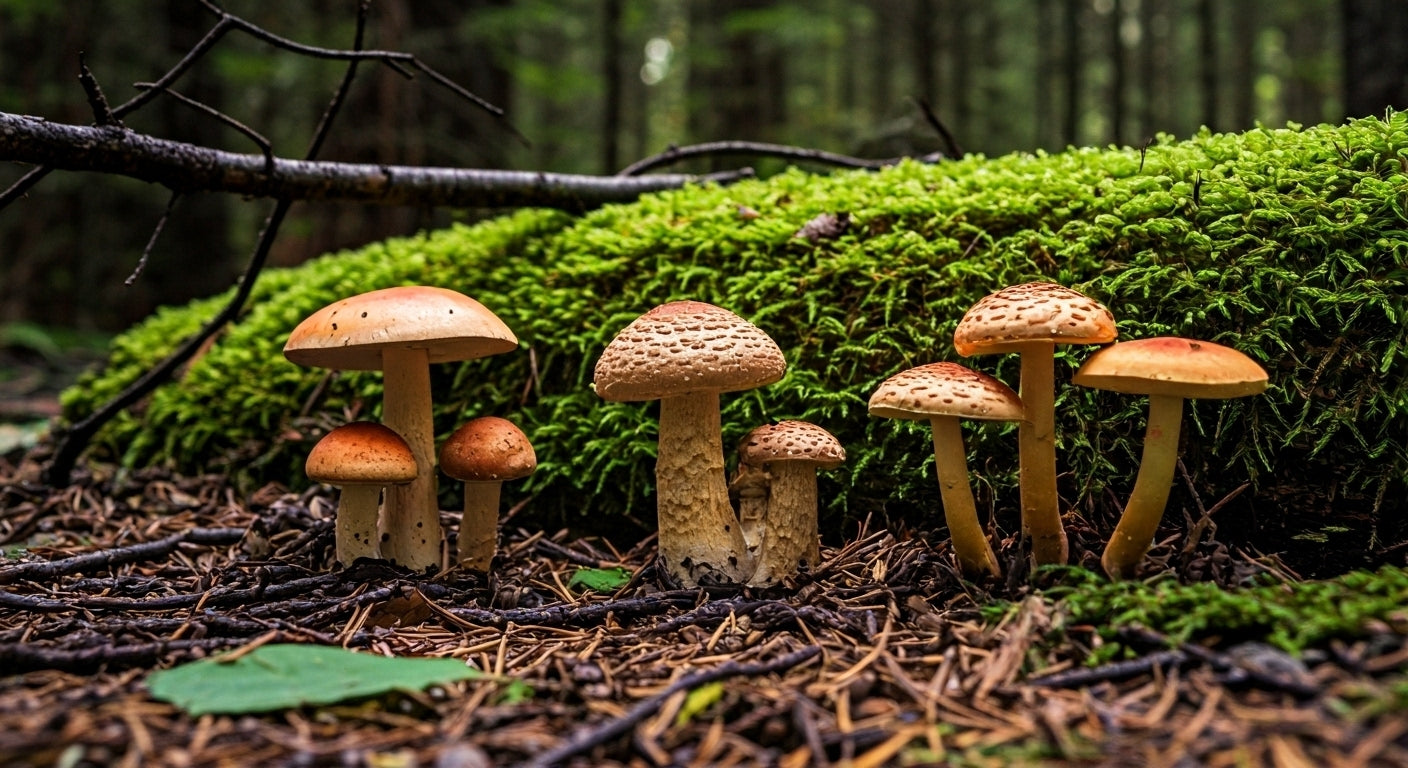




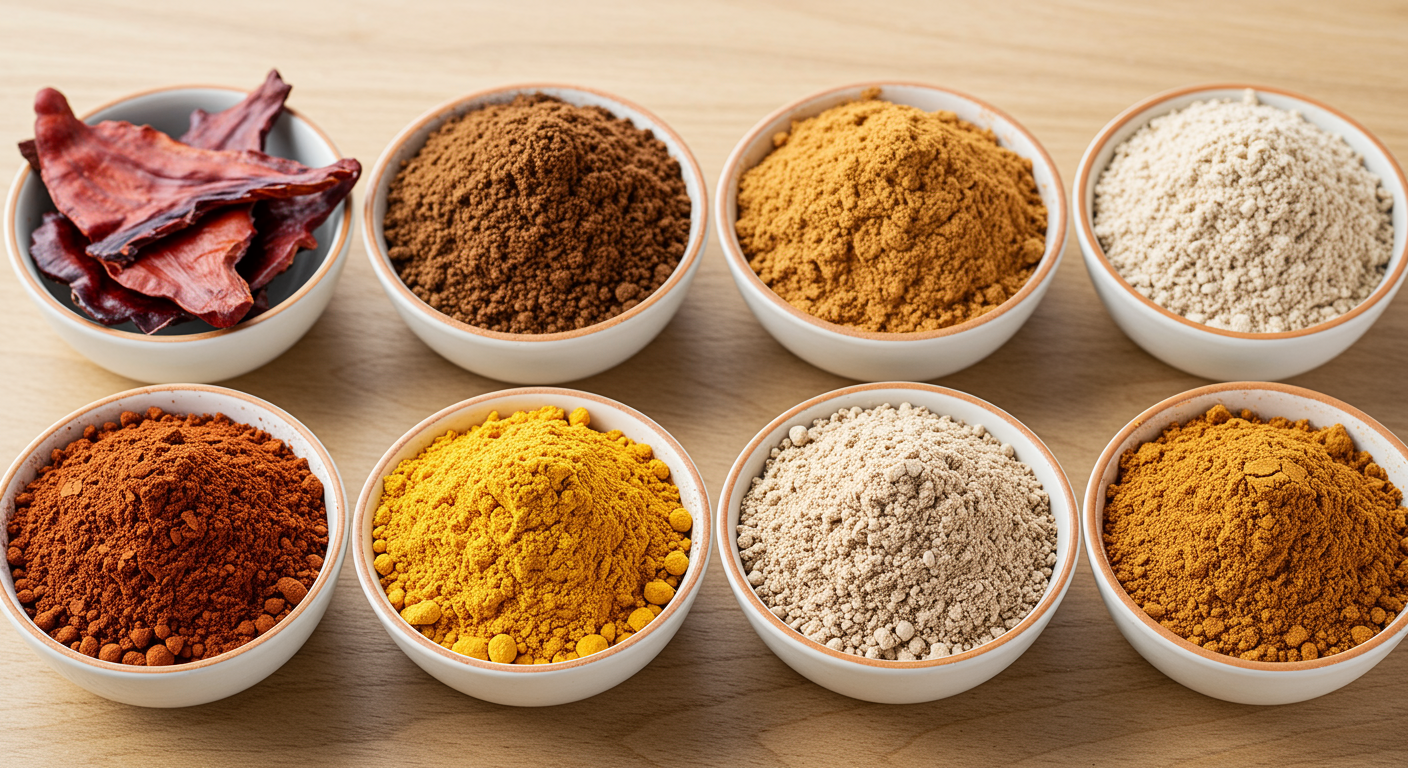

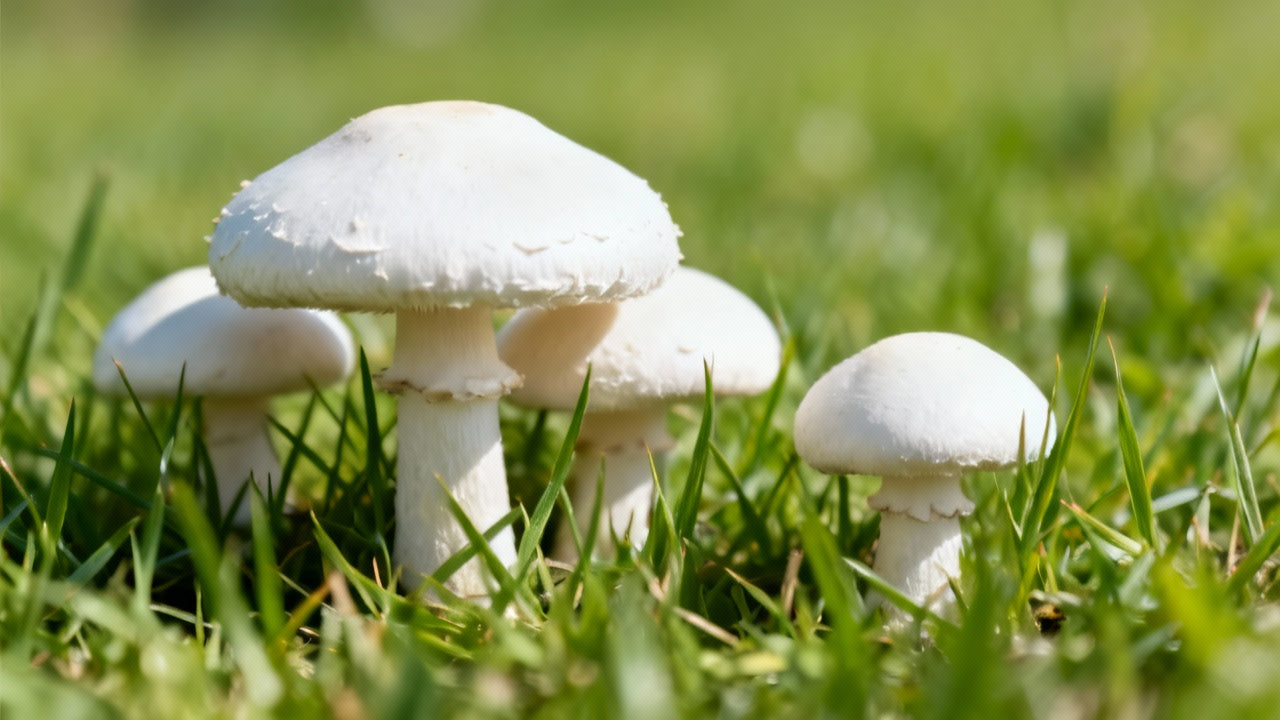
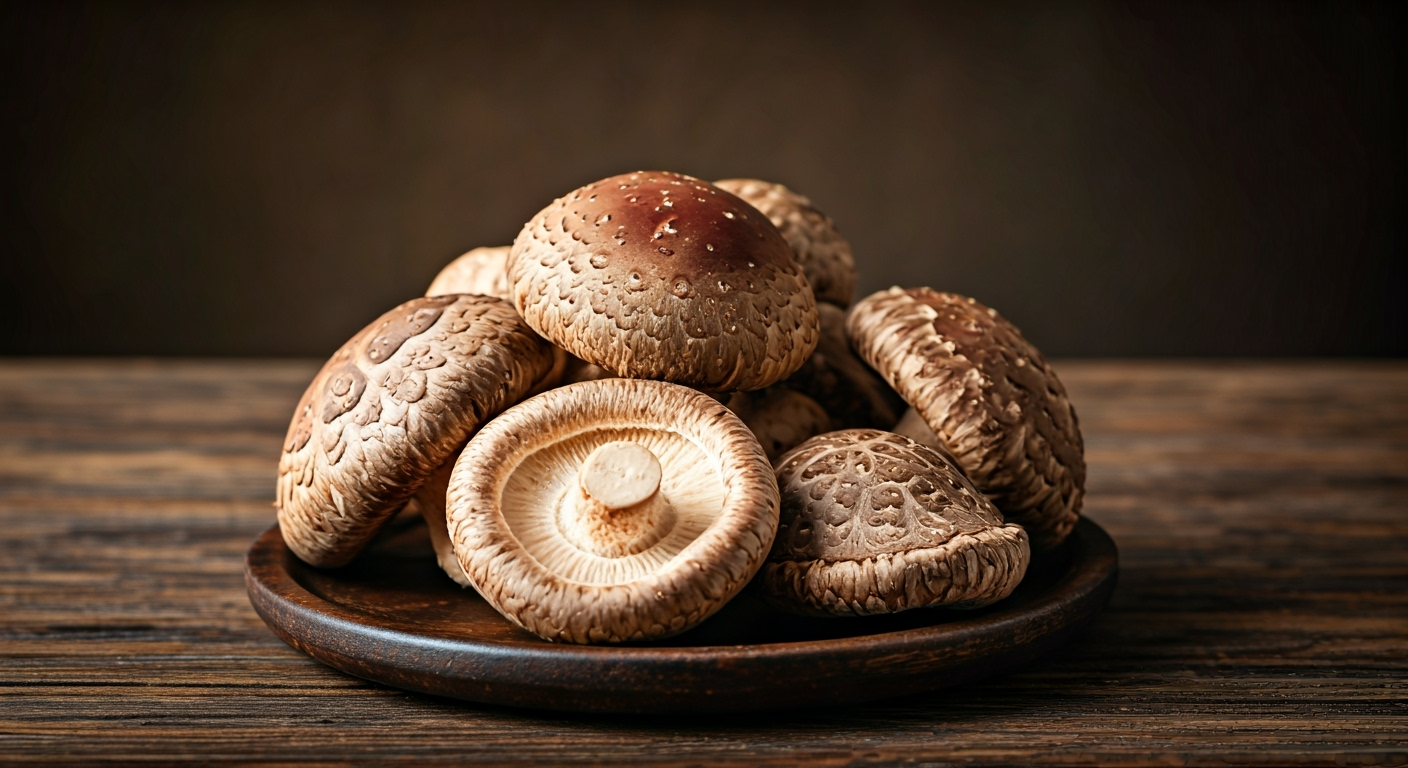
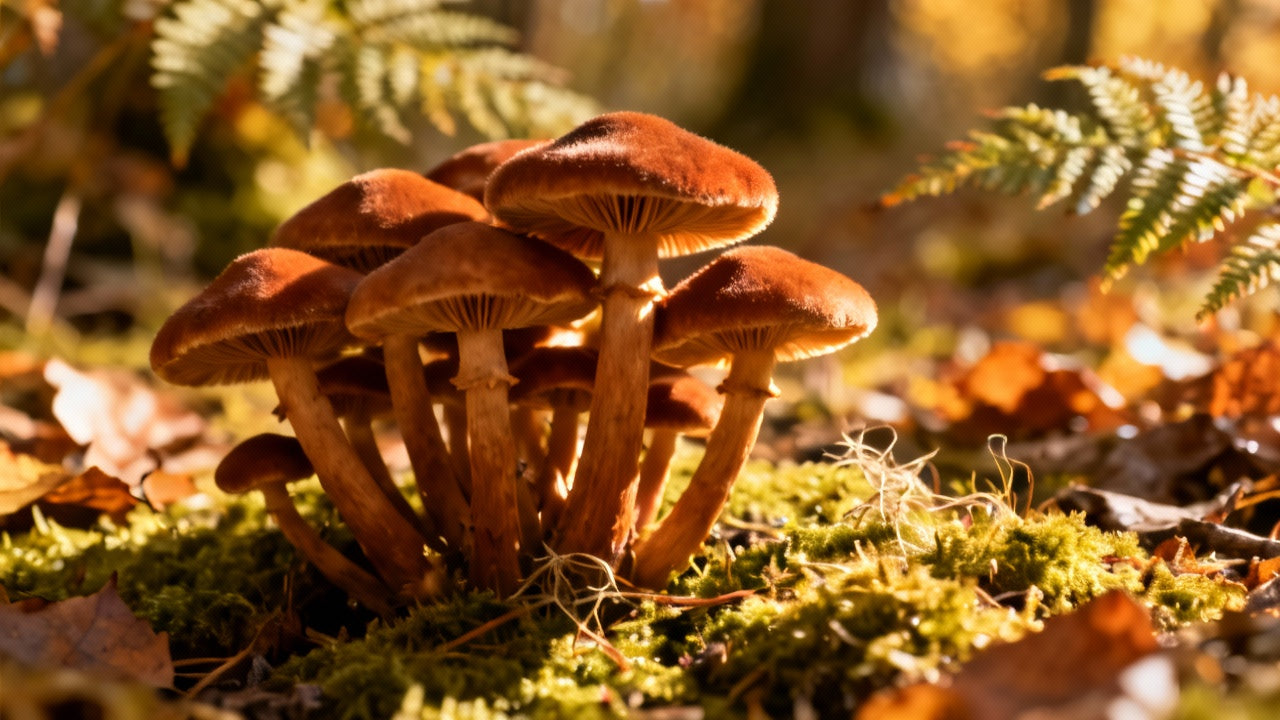
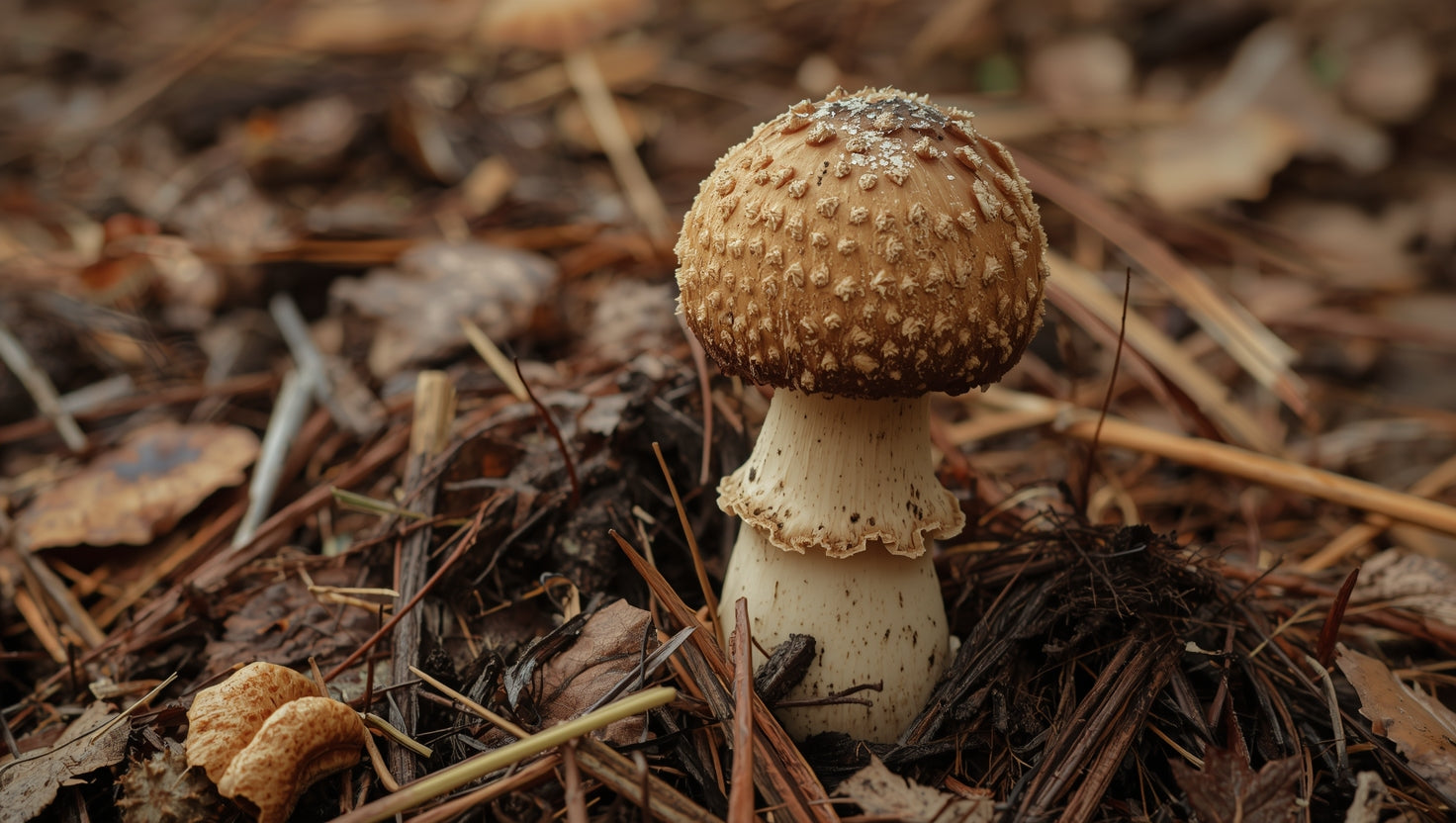
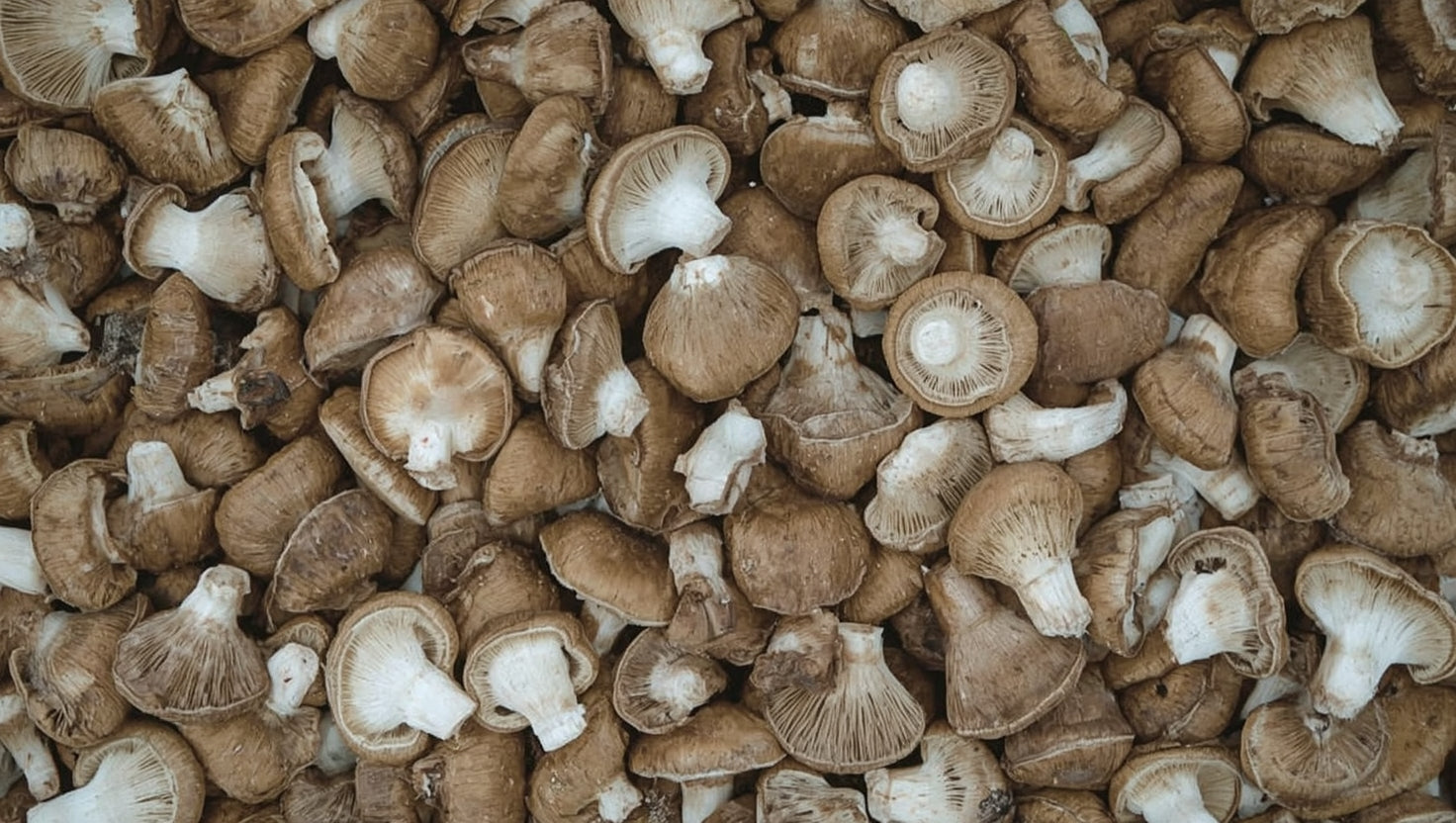

Share:
Antler Reishi Mushroom: The Rare "Deer Horn" Form of the Immortality Mushroom
How Long Does It Take for Morels to Grow? Your Complete Timeline Guide